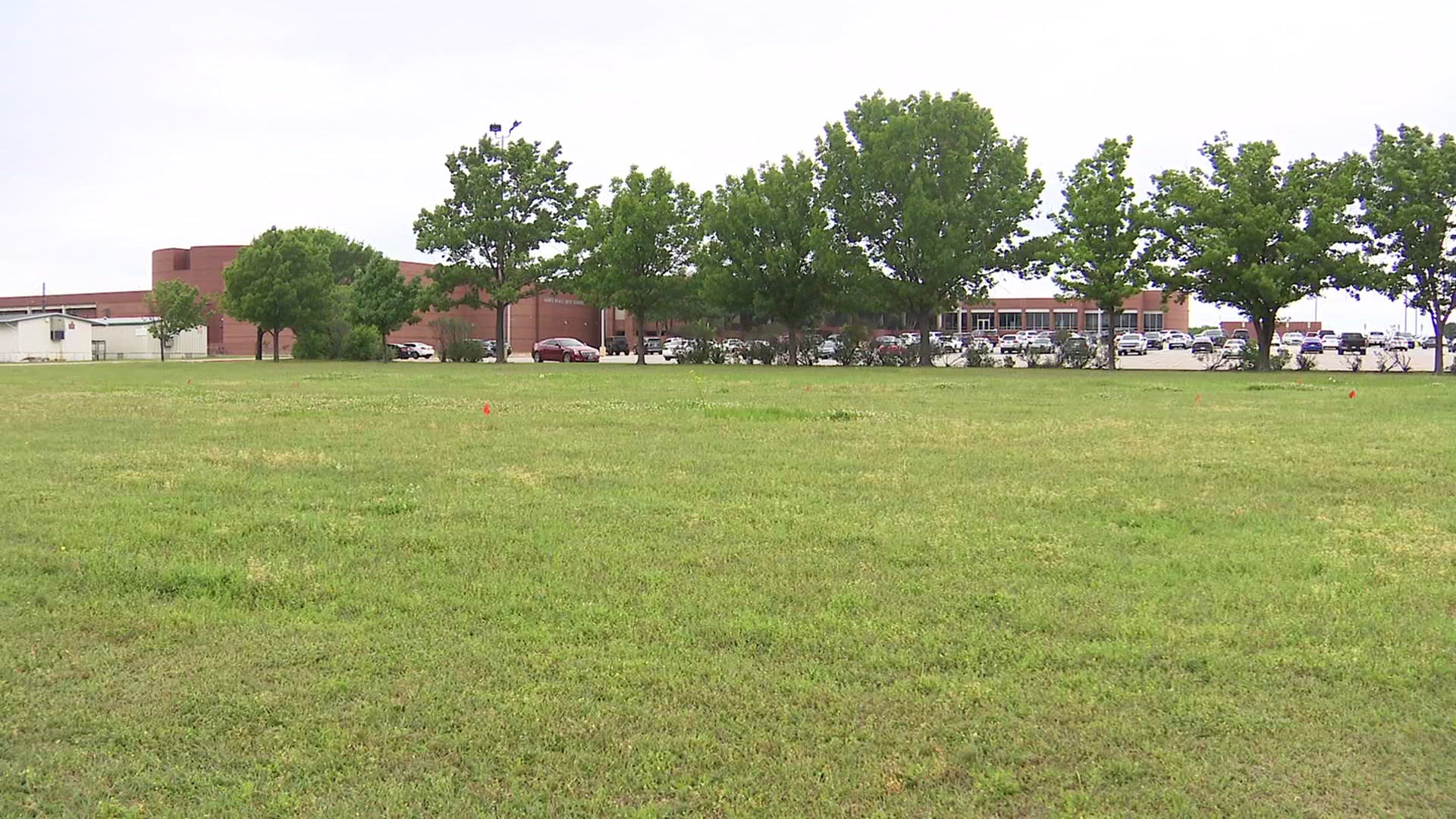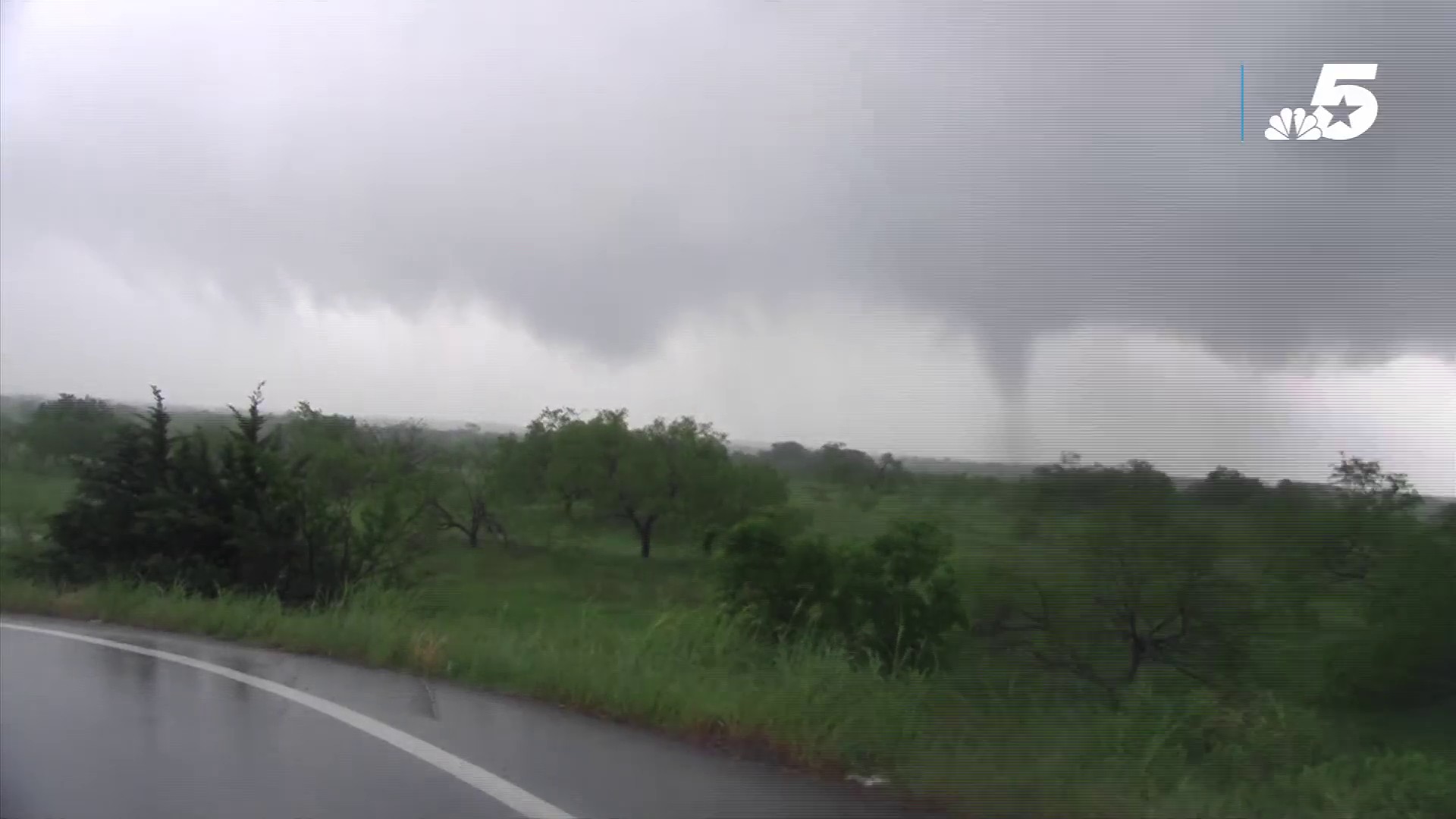The creature didn't growl and didn't need to.
The alligator snapping turtle held menace enough in its massive, gaping jaws, which ended in a sharp beak poised like the fangs of an agitated rattlesnake. Its long, plump claws dug into the sand above thorny, wrinkled skin and a deeply-ridged carapace about the size of a large dinner platter.
Wildlife biologist Eric Munscher has wrangled bigger alligator snappers than the young, 42-pound male he hauled onto land Saturday with help from two assistants. But every one he finds matters, because he's studying the species in a part of Houston so unlikely it has become the talk of the turtle world.
During the past two years, Munscher and his team have tagged 60 alligator snappers -- officially Macrochelys temminckii -- in an area no one expected to find them, along a nine-mile stretch of Buffalo Bayou.
Munscher, who leads the Turtle Survival Alliance's North American Freshwater Turtle Research Group, does not want to reveal exact study locations, to protect what he believes may be the largest population of alligator snapping turtles in Texas, and potentially one of the largest anywhere. And he believes the turtles have survived not in spite of, but because of, their heavily populated, citified surroundings. "They lucked into the whole metro thing," he told the Houston Chronicle . "It's a good habitat, surprisingly, with a riparian shelf where females can climb up and lay eggs."
Buffalo Bayou's opaque brown waters have long yielded other scary-looking predators, including prehistoric-looking alligator gars and the occasional, actual gator. And there are plenty of other reasons not to swim there, including possible bacterial pollution.
"Nobody in their right mind would think of Buffalo Bayou as a refuge," said Jordan Gray, a former Houston zookeeper and a collaborator on the study who now works at the Turtle Survival Alliance's headquarters in Charleston, S.C. "It's not this pristine habitat like the Upper Trinity River, but that's what makes it so cool, to find this gem of a population."
Local
The latest news from around North Texas.
Unlike other river turtles, alligator snappers do not float around, and they do not have to sun themselves to raise their body temperature for food digestion. "These guys live in waters that typically don't get too cold, so their body temperature sits at a decent level," Munscher explained.
While the females lay their eggs on land, the males live entirely underwater, only poking their snouts above the surface for a few seconds, once an hour or so, for air. And in spite of their fearsome looks, they're timid; they flee disturbances in the water, making it highly unlikely people in kayaks and canoes will spot them.
Munscher discovered the bayou's turtles almost by accident through his day job with SWCA Environmental Consultants, while he was surveying wildlife across one of the city's large parks. He put out turtle traps near the end of the study, not expecting to find anything special, and was astonished to haul up six alligator snappers.
Those first critters ranged from a 3-pound juvenile to a 96-pound male that could be 80-years-old, which suggested an active breeding population.
Munscher contacted Texas Parks & Wildlife, which had not included Harris County in a previous survey of alligator snappers across East Texas, and secured a grant to purchase equipment for a long-term population study in Buffalo Bayou and associated watersheds of Harris and Fort Bend counties. He is trapping, tagging and releasing turtles at least once a month -- a task he plans to continue for 10 years.
"It's an unheard of study for the species," he said. "We want to do it because it's such an unheard of habitat ... If you find a lot of turtles, it means they're doing pretty well. Nobody's done anything to them yet; they don't have a lot of predation going on. We study them over time to see how and why they're doing so well."
The largest turtle species in the U.S. and largest hard-shelled turtles in the world, alligator snappers are native to swamps and rivers from Florida to southern Illinois. Experts can't say how many of them still exist, but they know numbers have declined significantly in the past century, and conservationists have petitioned to have alligator snappers added to the U.S. Fish and Wildlife Service's Endangered Species list.
Alligator snappers play a unique and complex role in the eco-environment. In addition to eating fish such as carp -- which they lure with skinny pink tongues that look like worms -- the turtles are scavengers, vultures of the deep who scrub carrion from riverbed bottoms.
"They are an iconic animal of the Deep South, and potentially an animal that brings a call to action for the health of Buffalo Bayou," Gray said.
Missouri State University professor Day Ligon, a leading turtle researcher, said the damming of waterways in the past 150 years has "diced up" the alligator snappers' habitat, reducing their ability to travel and isolating populations. Alligator snappers also die on fishing lines, and its riparian habitats are disappearing with the channelization of flood-prone waterways -- it needs messy tree snags and sinuous bends in rivers.
Commercial exports have been curtailed since 2006, but a century or more of harvesting has also severely impacted populations. In Louisiana, alligator snappers can still be hunted legally, once a day for personal consumption, year-round. Gray said more than 97,000 of them were harvested in the U.S. from 1999 to 2009.
Poaching is a problem, too. In Texas, alligator snappers are protected by law as a threatened species. Anyone caught capturing or molesting them without permits from Texas Parks & Wildlife may face criminal punishment.
"Some people have negative attitudes toward turtles because they perceive that they're competing for game fish," Ligon said. "But what I've observed is that game fish communities are healthier in areas with alligator snapping turtles. The turtles may be helping with selection against weaker, smaller fish."
Because alligator snappers aren't sexually mature until they're 15 or 20 years old, Ligon said, "any level of harvest is unsustainable." Working with a hatchery in Oklahoma, he has re-introduced about 1,600 alligator snappers to the wild in the past decade. Some of them are now 16 years old, but they have yet to reproduce.
Ligon visited Houston in October to see what the excitement was about, during two days when Munscher's group caught and released 19 alligator snappers. He wants to see more data before he's fully convinced, but Ligon is "potentially excited" by the bayou's turtles, he said. "It's pretty fantastic that these guys have remained under the radar in the city of Houston for so long."
Last Saturday, Munscher was checking on three traps he'd set a few dozen yards apart the day before. Collapsible, cone-shaped nets with metal rings, the traps are baited at the small end, with a four-foot opening on the bottom of the large end that stays open, although the turtle rarely finds its way back out. "Turtles in general aren't all that bright," Munscher said.
Each specimen he catches gets measured, weighed, sexed, examined for disease, outfitted with a microchip and tagged with a unique ID that's notched into its shell before it's released back into the bayou.
The 42-pounder -- Saturday's only catch -- looked small until Munscher and research assistant Arron Tuggle pried its claws and beak loose from the netting, and the jaws opened. And stayed open. A large alligator snapper can inflict as much as 1,200 pounds of bite pressure.
They'd seen this one before: It had a microchip and notches in the shell -- already tagged, and identifiable as No. 48. But they didn't just release it.
Working swiftly with long calipers, as Tuggle held the animal in place, Munscher dictated measurements to his other helper, Valeria Gladkaya, recording the length, width, height and depth of the shell; the size of the head, the tail, the belly.
Then -- after an unplanned trip to a hardware store to buy longer bolts -- they drilled into the edge of the turtle's carapace to outfit No. 48 with a little gold radio transmitter about the size of an AA battery. It wouldn't hurt the animal, Munscher said, because the tip of the shell has few nerve endings or blood vessels; it's like clipping fingernails.
But the turtle was coming up in the world. "From now on, he'll be known as a transmitter turtle," Munscher said.
He watched No. 48 crawl back into the muddy water and disappear. Then Munscher reset the trap nearby, in about two-and-a-half feet of water.
On Sunday, he returned to a slightly more exciting find -- a 73-pound male he hadn't yet tagged. That one also got radio bling, as will the next eight he traps.
Munscher wants to see how far the bayou's turtles are roaming, and where. Gladkaya will monitor the transmitter turtles across distances of several miles.
Munscher is confident Buffalo Bayou isn't the Houston region's only alligator snapper haven. "We know they are in Green and Cypress Creek," he said. "And I would suspect them in other bayous that have some existing natural bed and ripirian zone."
Alligator snappers may not punch the public's cuddly buttons, but Ligon and Munscher both call them charismatic because they admire the animals' size, longevity and tenacity.
"Being able to work with this species is a highlight of my career," Munscher said. "There is just a natural draw and charm to working with something so ancient.



